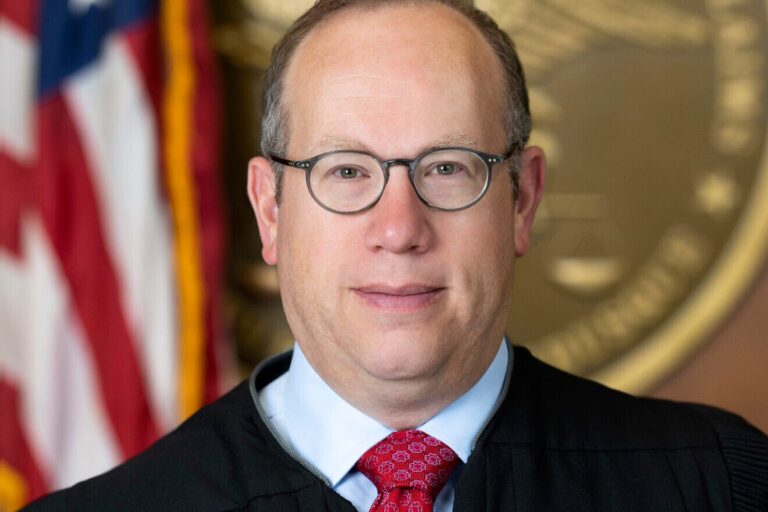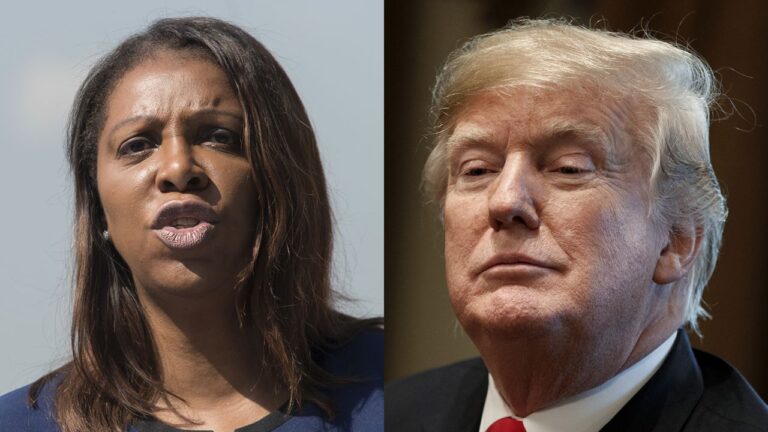 An Associated Press review of the official calendar Hillary Clinton kept as secretary of state identified at least 75 meetings with longtime political donors, loyalists, Clinton Foundation contributors and corporate and other outside interests that were not recorded or were listed without the names of those she met.
An Associated Press review of the official calendar Hillary Clinton kept as secretary of state identified at least 75 meetings with longtime political donors, loyalists, Clinton Foundation contributors and corporate and other outside interests that were not recorded or were listed without the names of those she met.
The missing entries raise new questions about how Clinton and her inner circle handled government records documenting her State Department tenure — in this case, why the official chronology of her four-year term does not closely mirror other more detailed records of her daily meetings.
At a time when Clinton’s private email system is under scrutiny by an FBI criminal investigation, the calendar omissions reinforce concerns that she sought to eliminate the “risk of the personal being accessible” — as she wrote in an email exchange that she failed to turn over to the Obama administration but was subsequently uncovered in a top aide’s inbox.
The AP found the calendar omissions by comparing the 1,500-page historical record of Clinton’s daily activities as secretary of state with separate planning schedules often supplied to Clinton by aides in advance of each day’s events. The AP obtained the planning schedules as part of its federal lawsuit against the State Department. At least 114 outsiders who met with Clinton were not listed in her calendar, the AP’s review found.
No known federal laws were violated and some omissions could be blamed on Clinton’s highly fluid schedule, which sometimes forced cancellations at the last minute. But only seven meetings found in Clinton’s planning schedules were replaced by substitute events listed on her calendar. More than 60 other events listed in Clinton’s planners were omitted entirely in her calendar, tersely noted or described only as “private meetings” — all without naming those who met with her.
Clinton campaign spokesman Nick Merrill said Thursday night that the multiple discrepancies between her State Department calendar and her planning schedules “simply reflect a more detailed version in one version as compared to another, all maintained by her staff.”
Merrill said that Clinton “has always made an effort to be transparent since entering public life, whether it be the release of over 30 years of tax returns, years of financial disclosure forms, or asking that 55,000 pages of work emails from her time as secretary of state be turned over to the public.
Clinton’s State Department calendar omitted the identities of a dozen top Wall Street and business leaders who met with her during a private breakfast at the New York Stock Exchange in September 2009, minutes before she appeared in public at the exchange to ring the market’s ceremonial opening bell.
State Department planning schedules from the same day listed the names of all Clinton’s breakfast guests — most of whose firms had lobbied the government and donated to her family’s global charity, the Clinton Foundation. The event was closed to the press and merited only a brief mention in her calendar, which omitted all the names — among them Blackstone Group Chairman Steven Schwarzman, PepsiCo CEO Indra Nooyi and then-New York Bank of Mellon CEO Robert Kelly.
The missing or heavily edited entries in Clinton’s calendar also omitted private dinners with political donors, policy sessions with groups of corporate leaders and “drop-bys” with old Clinton campaign hands. Among those whose names were omitted from her calendar were longtime adviser Sidney Blumenthal, lobbyist and former Clinton White House chief of staff Thomas “Mack” McLarty and Clinton campaign bundler Haim Saban.
The AP first sought Clinton’s calendar and schedules from the State Department in August 2013, but the agency would not acknowledge even that it had the material. After nearly two years of delay, the AP sued the State Department in March 2015. The department agreed in a court filing last August to turn over Clinton’s calendar, and provided the documents in November. After noticing discrepancies between Clinton’s calendar and some schedules, the AP pressed in court for all of Clinton’s planning material. The U.S. has released about one-third of those planners to the AP, so far.
The State Department censored both sets of documents for national security and other reasons, but those changes were made after the documents were turned over to the State Department at the end of Clinton’s tenure.
The documents obtained by the AP do not show who logged entries in Clinton’s calendar or who edited material. Clinton’s emails and other records show that she and two close aides, deputy chief of staff Huma Abedin and scheduling assistant Lona J. Valmoro, held weekly meetings and emailed almost every day about Clinton’s plans. According to the recent inspector general’s audit and a court declaration made last December by the State Department’s acting executive secretary, Clinton’s aides had access to her calendar through a government Microsoft Outlook account. Both Abedin and Valmoro were political appointees at the State Department and are now aides in her presidential campaign.
Unlike Clinton’s planning schedules, which were sent to Clinton each morning, her calendar was edited after each event, AP’s review showed. Some calendar entries were accompanied by Valmoro emails — indicating she may have added those entries. Every meeting entry also included both the planned time of the event and the actual time — showing that Clinton’s calendar was being used to document each meeting after it ended.
(AP)











2 Responses
Clinton and her husband have always been deceitful. They cannot be trusted and I would never vote for her.
Would never vote for Clinton, Never know what will come out of her mouth.